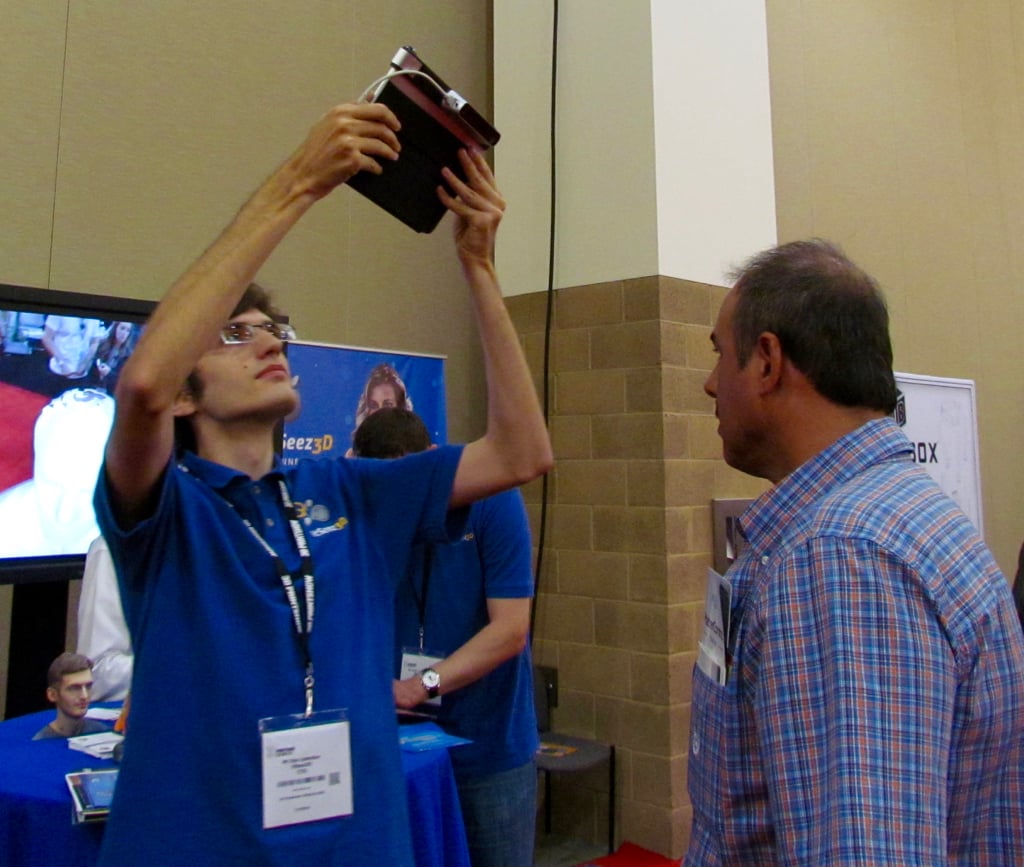
With many inexpensive 3D scanning options now appearing on the market, you might wonder which style you should choose for your application.
3D scanning gear has existed for quite a few years, but until recently it has been typically quite expensive and available only to businesses who could afford the equipment or through 3D scanning services that provide scans.
Recently there have been a number of different 3D scanning solutions placed on the market at relatively low costs, enabling almost anyone to get started in 3D scanning.
What’s driving the change? We think two things have happened: the invention of software capable of creating 3D scans and the availability of inexpensive depth camera equipment.
It turns out that there is really no such thing as a universal 3D scanner that’s appropriate for all types of use. Further, there seems to have emerged several different “styles” of 3D scanning solutions that can be matched against your requirements.
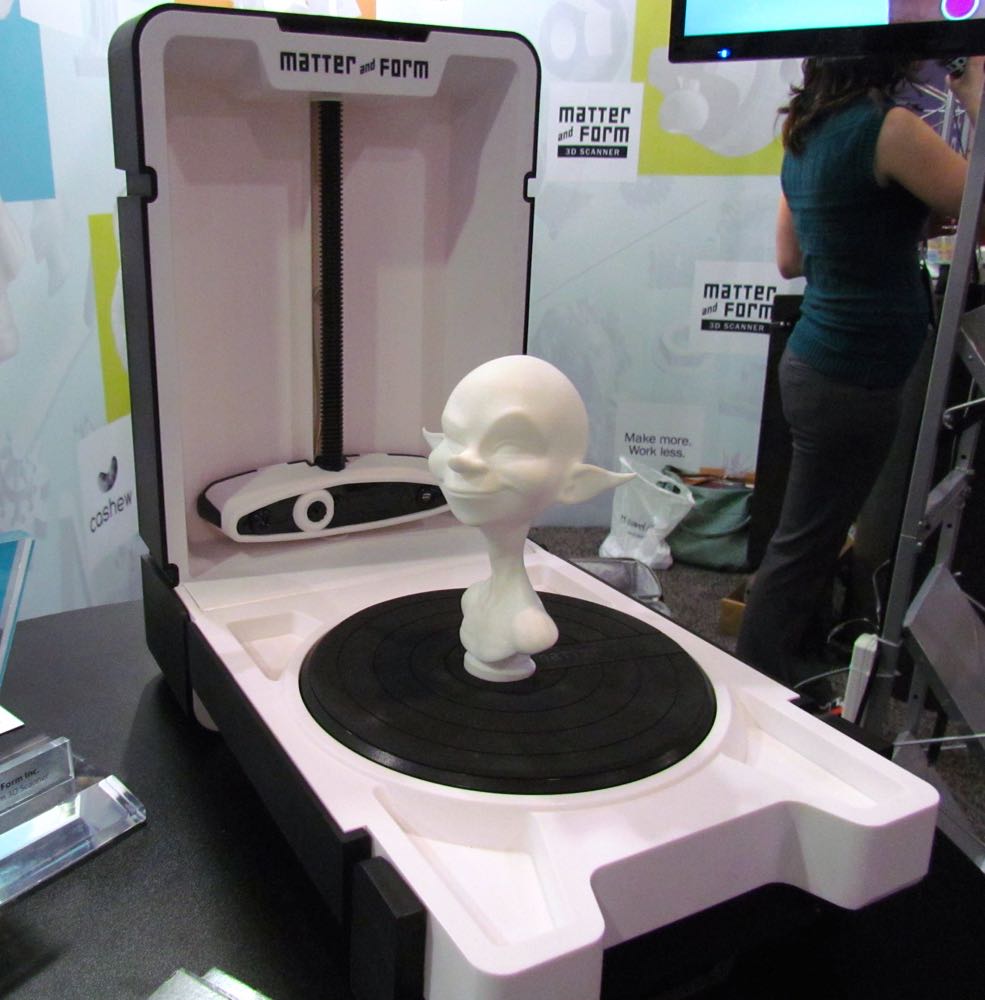
Tabletop 3D Scanners: These are desktop devices, typically with a turntable of possibly an enclosed light chamber, in which you can 3D scan a small object. Typically these are used for relatively high-resolution precision scans of intricate objects. These options can be found at low prices, sometimes less than USD$1,000. An example could be this Matter and Form scanner.
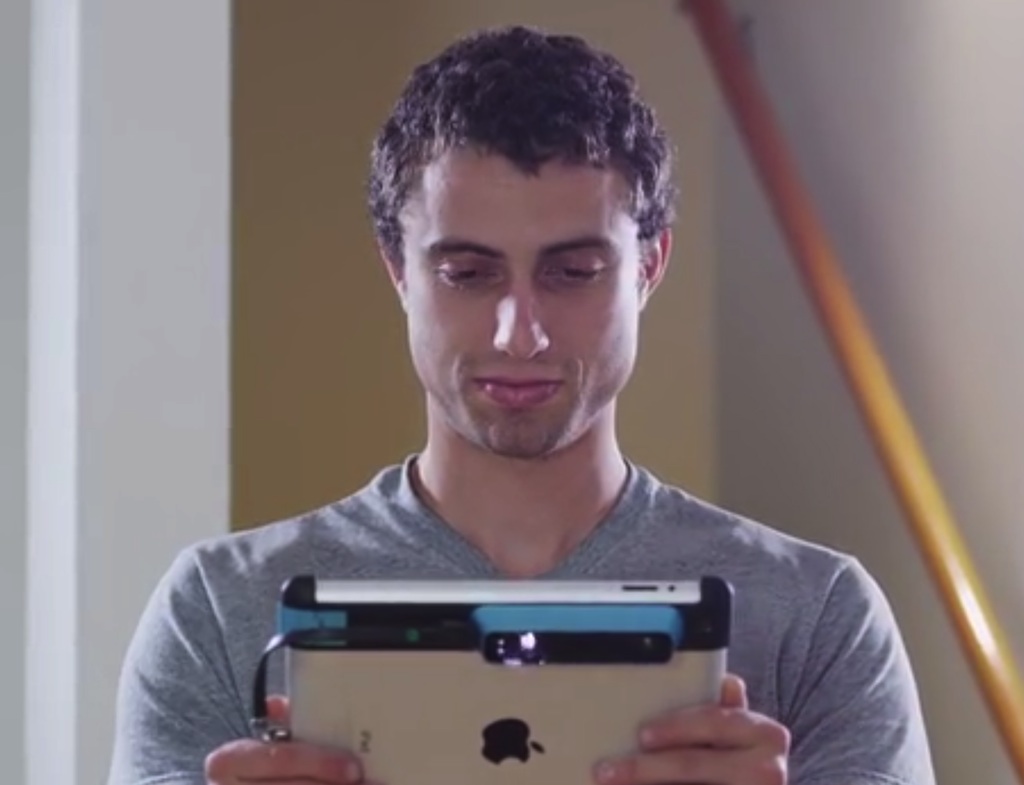
Handheld 3D Scanners: A number of devices offer this capability, which is often the least expensive hardware based 3D scanning solutions available. The handheld nature of the product means you can easily move about larger objects that might not fit within a tabletop 3D scanner. Pricing is usually less than USD$1,000 (or even USD$500) for prosumer style devices, but can also be very expensive (e.g. multi-tens of thousands of USD$) for professional units offering very high precision scans. A typical example might be the 3D Systems Sense scanner or the Structure Sensor shown here.
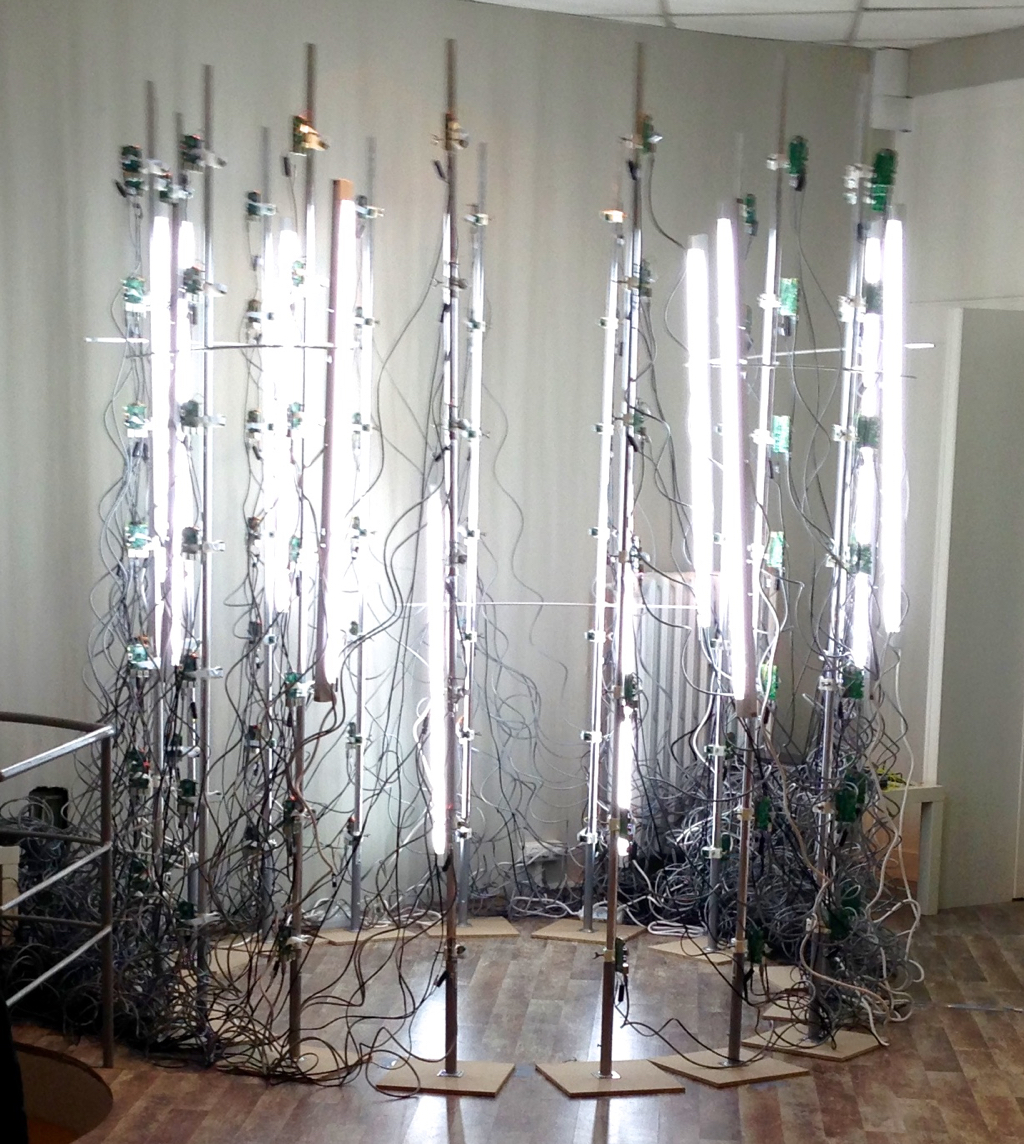
Full Body 3D Scanners: A common use case is to 3D scan an entire person or group of people. While this is obviously challenging on a tabletop unit, it’s also difficult to complete with a handheld unit because of subject movement and lighting issues. Full Body 3D Scanners solve the problem by arranging for proper uniform lighting and precision scanner movements. Pricing for such units is widely varying, ranging from the inexpensive FUBOSS system to custom-made units involving simultaneous exposure of dozens of DSLR cameras shown here, which will set you back many tens of thousands of USD$.
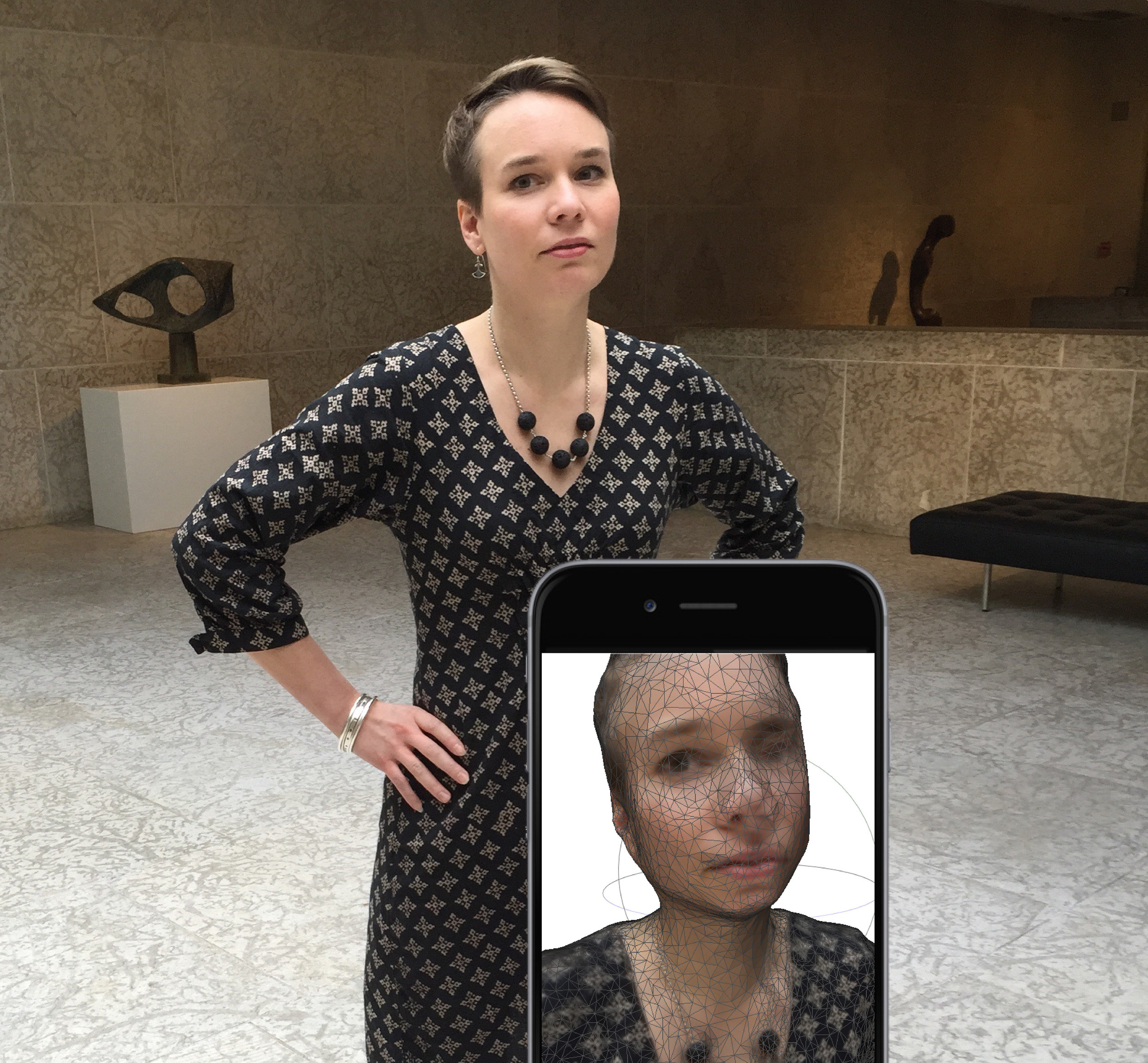
Optical 3D Scanning Solutions: It’s also possible to prepare reasonable quality 3D scans using optical techniques. Basically, you capture a series of high-quality 2D images from 360 degrees and let software interpret them into a good quality 3D model. Sometimes the software is found in a cloud service like 123D Catch or TRNIO (Shown above), or such processing software can be purchased separately. This technique is capable of capturing very large objects, but it does depend on having certain conditions (e.g. background patterns, uniform lighting) to succeed.
Today might be the best time in history to shop for 3D scanning solutions with so many good options available.
At least until next year, when there will be even more.

